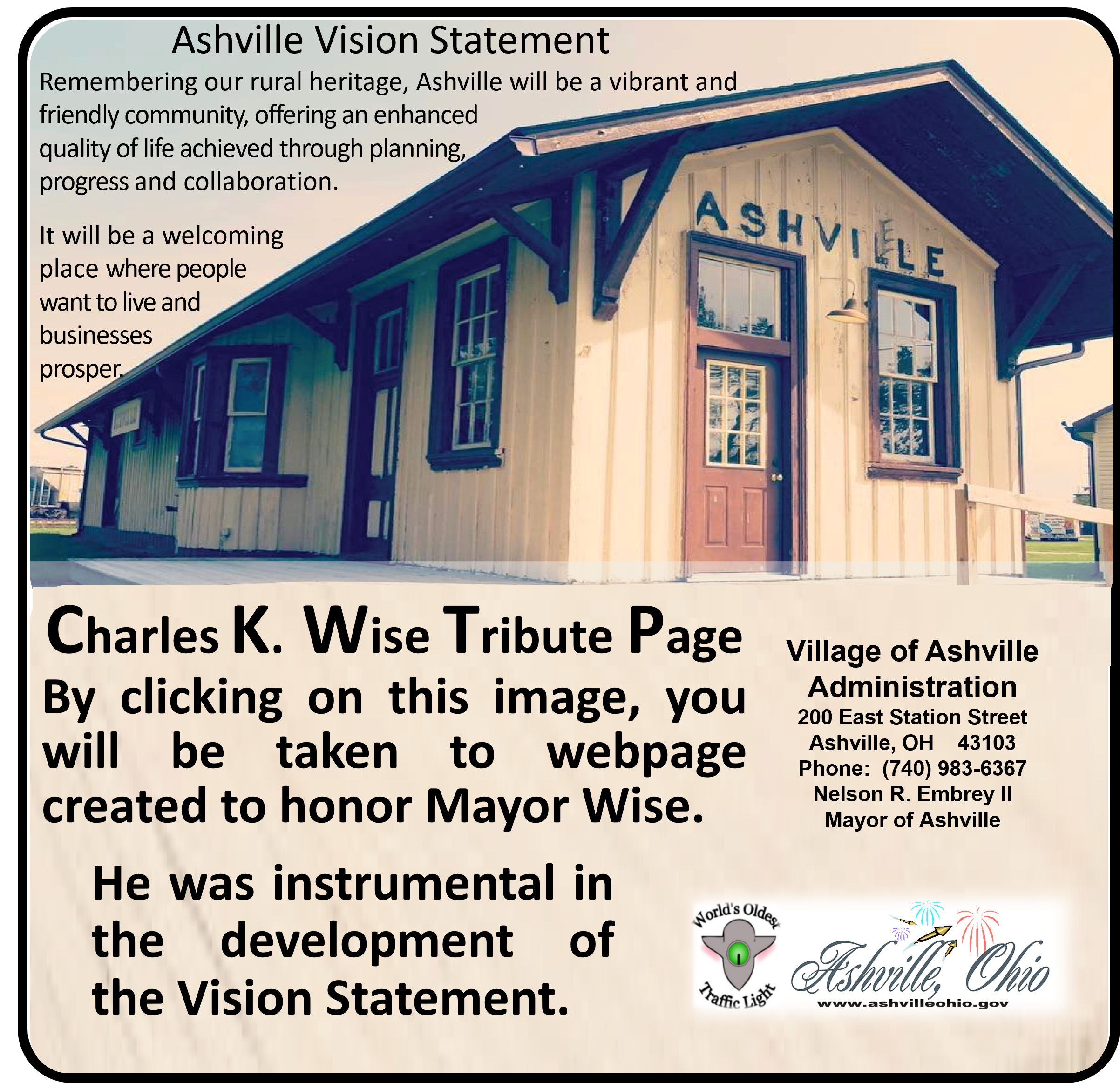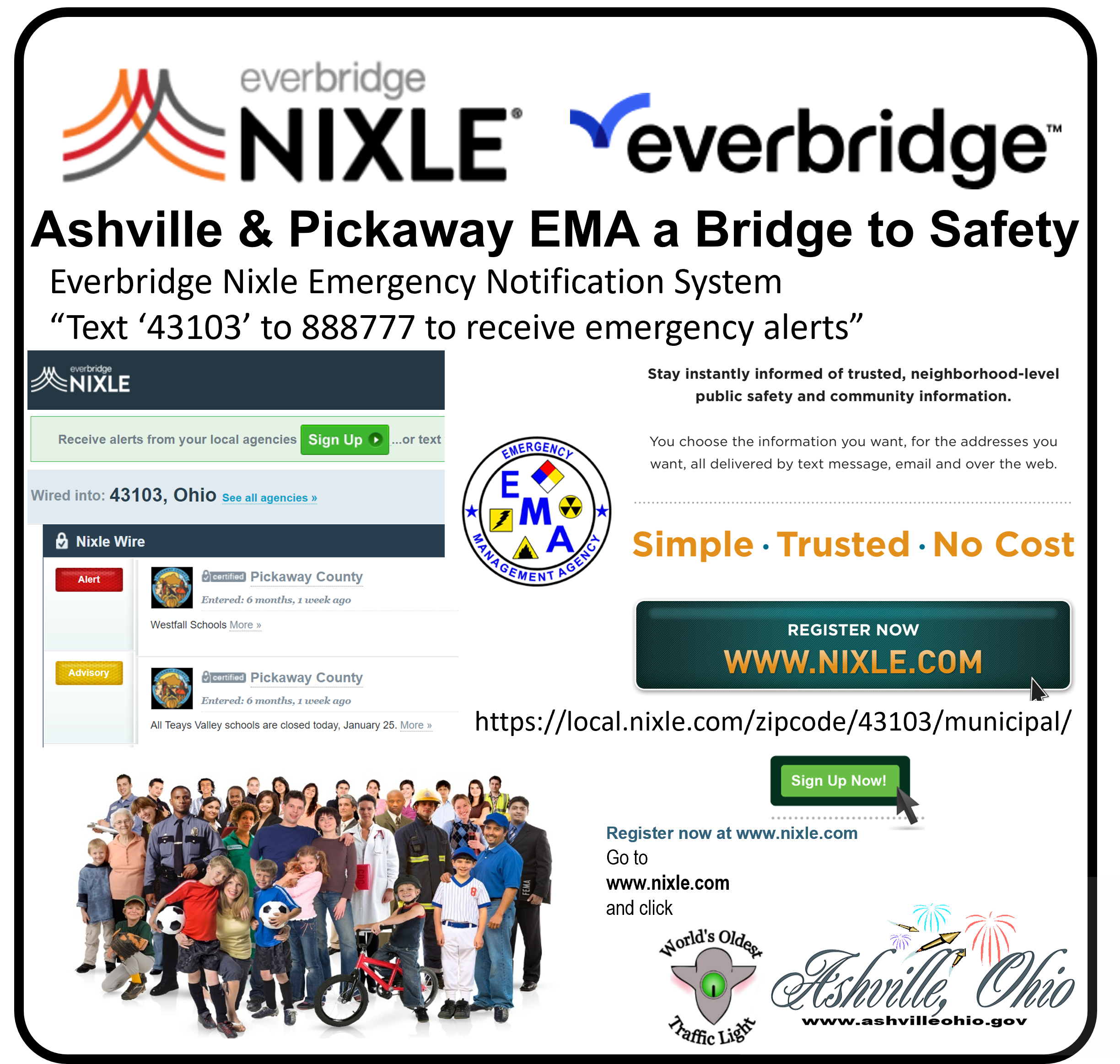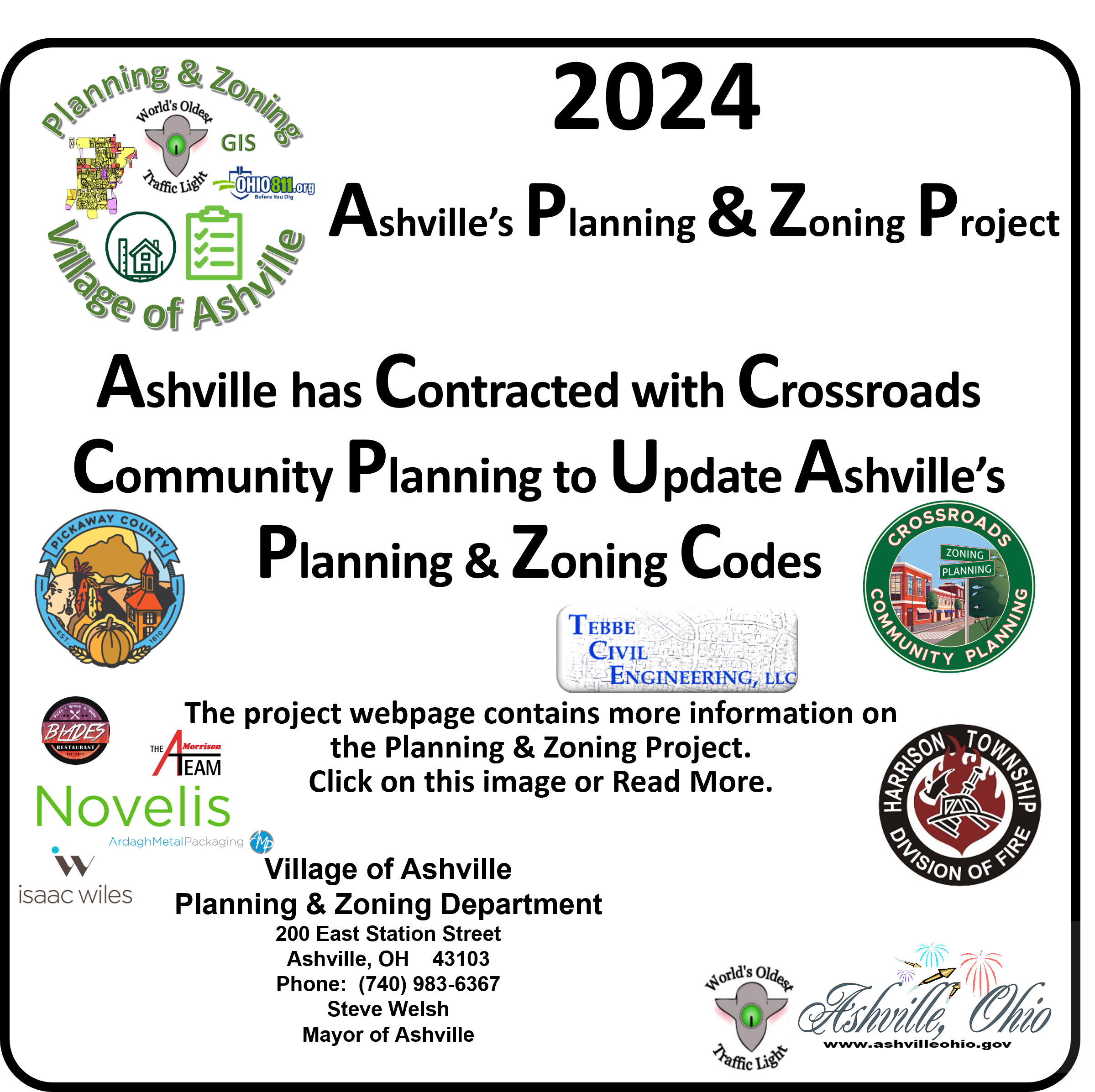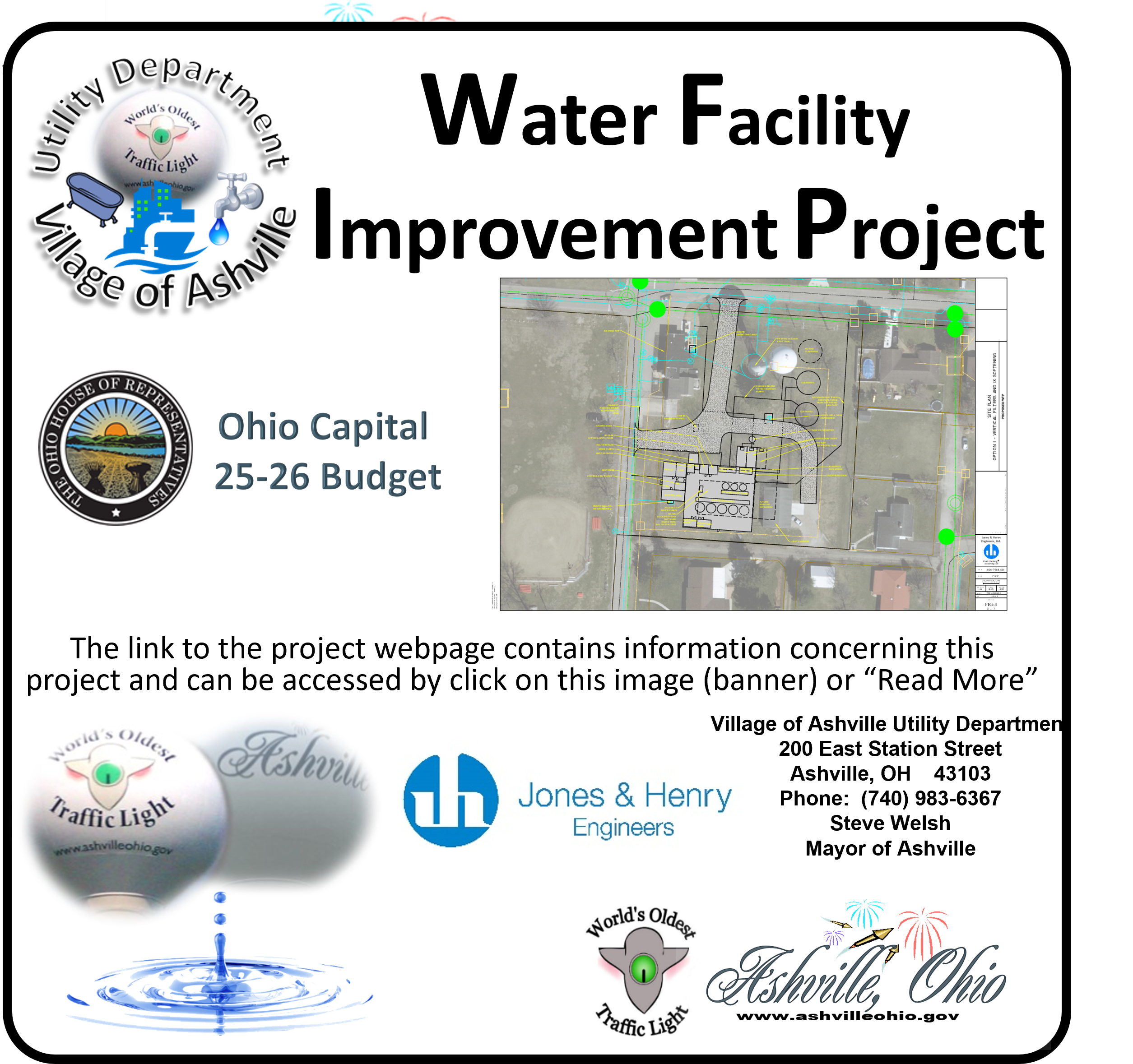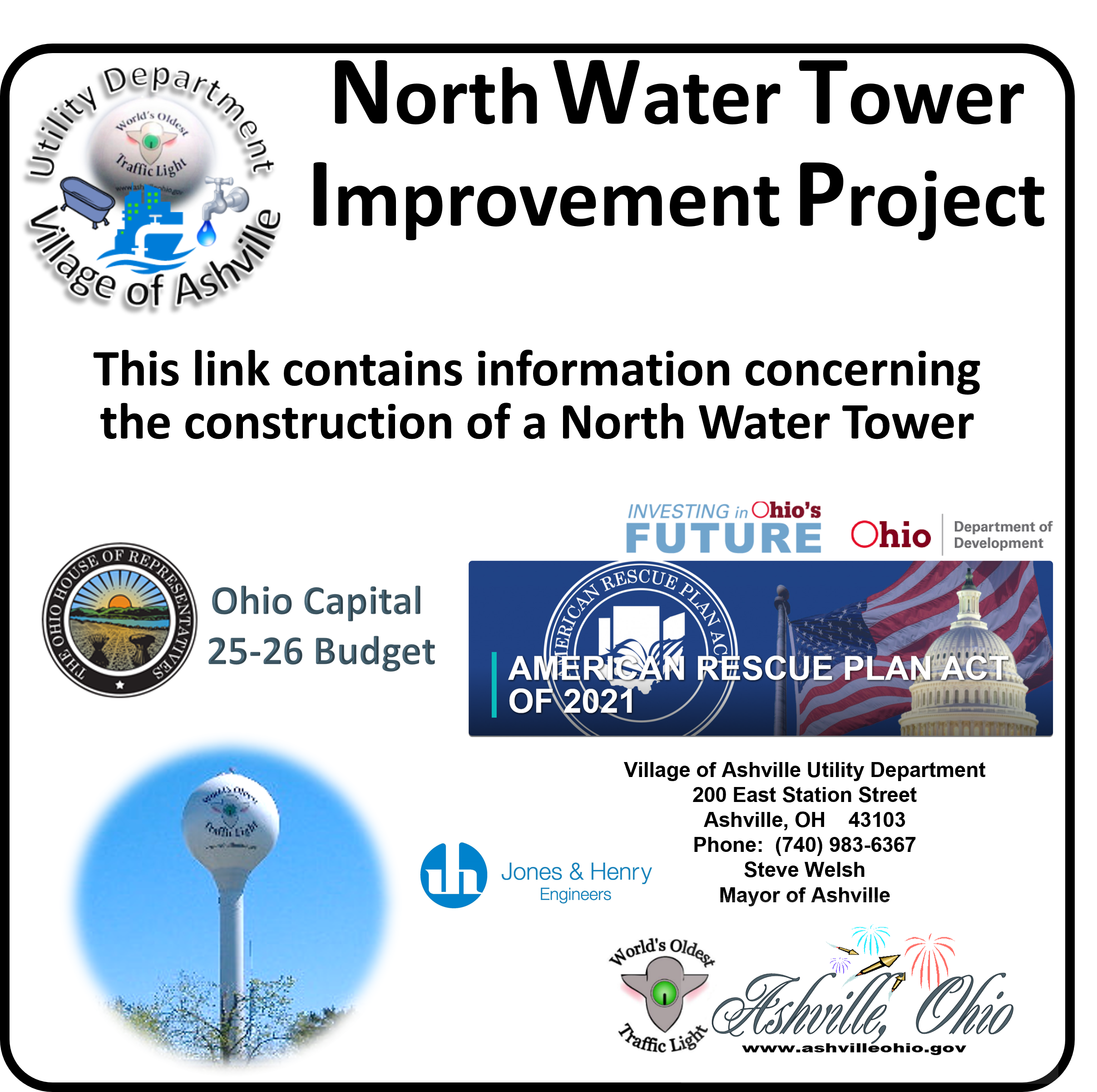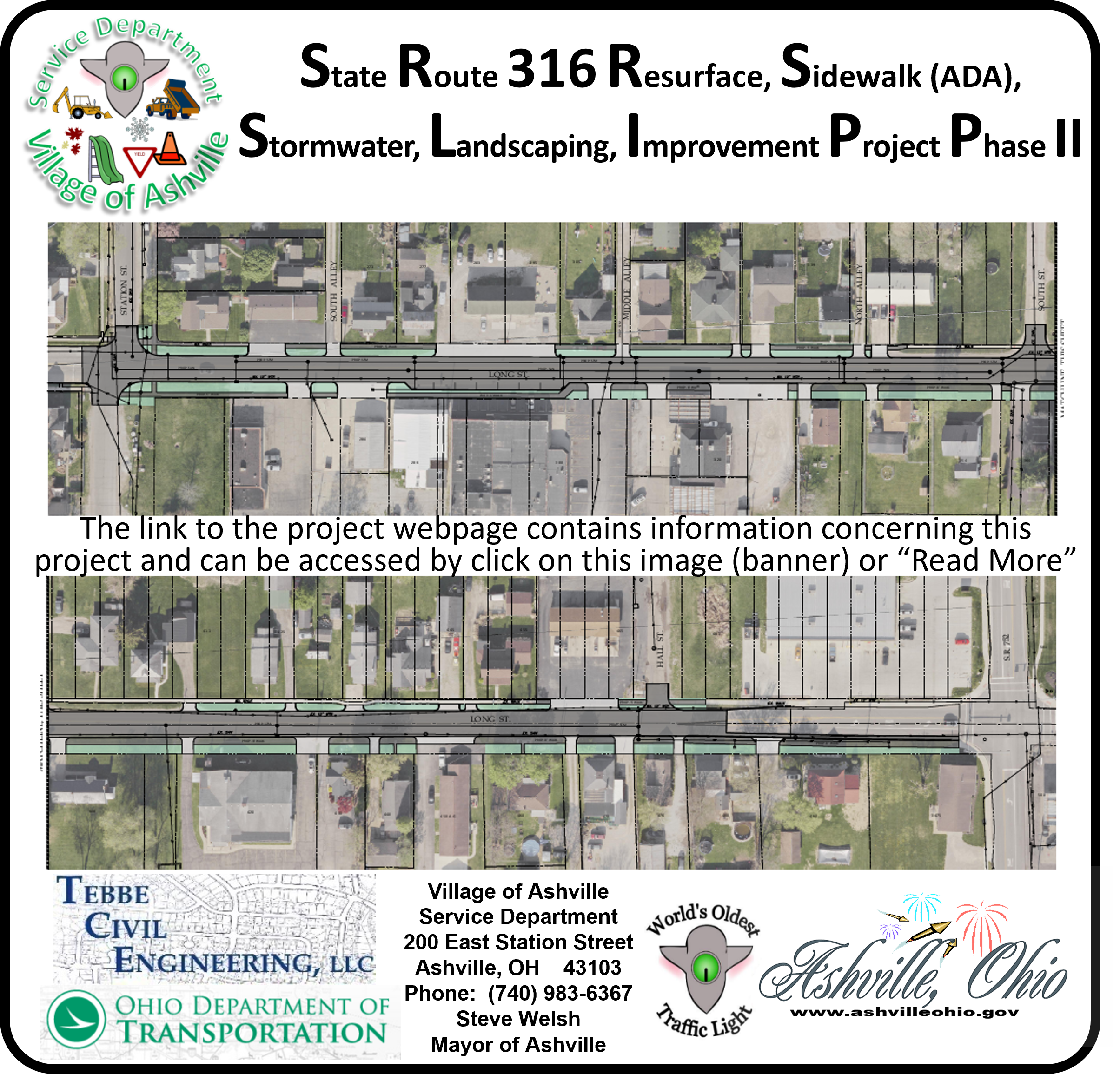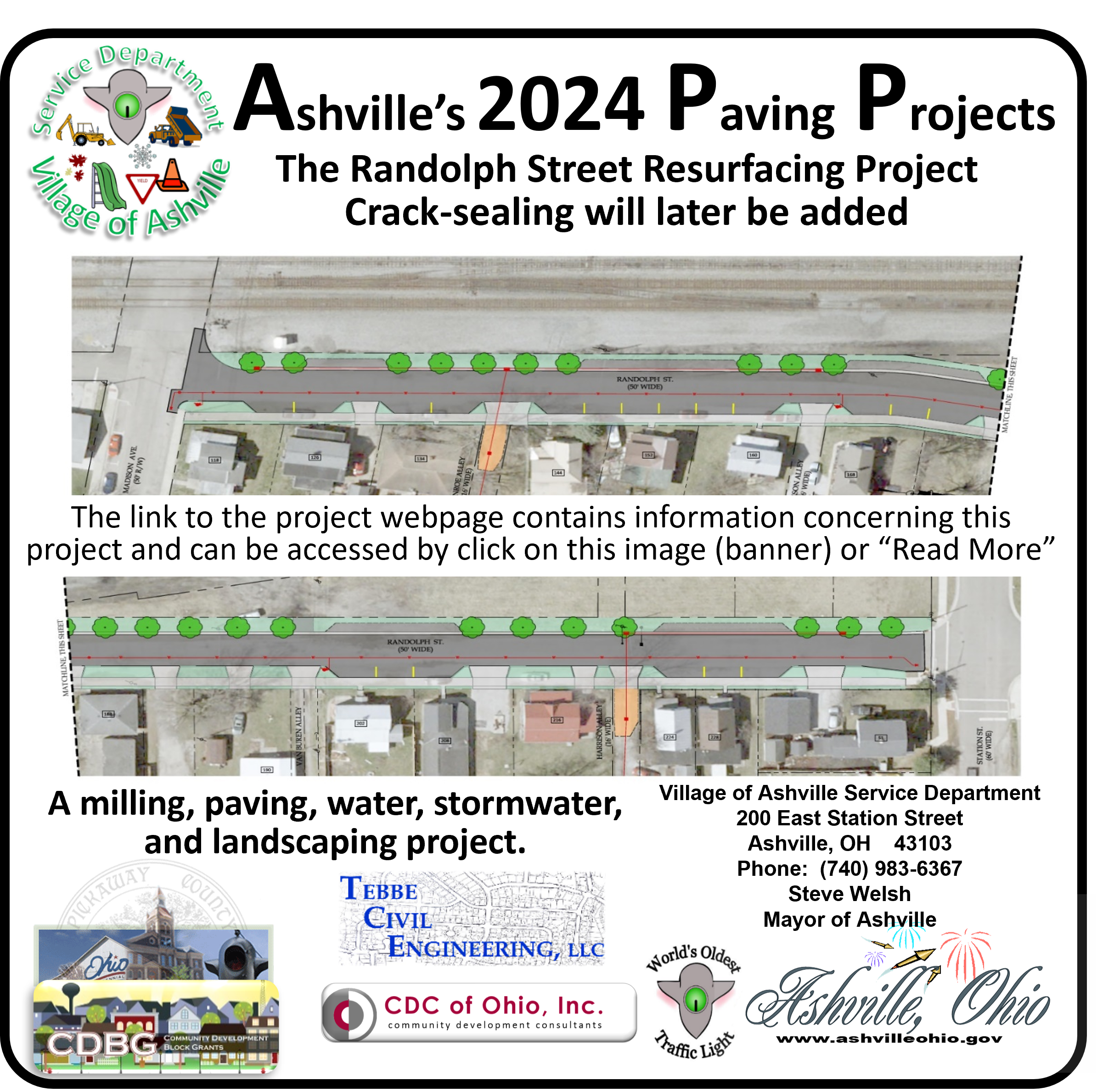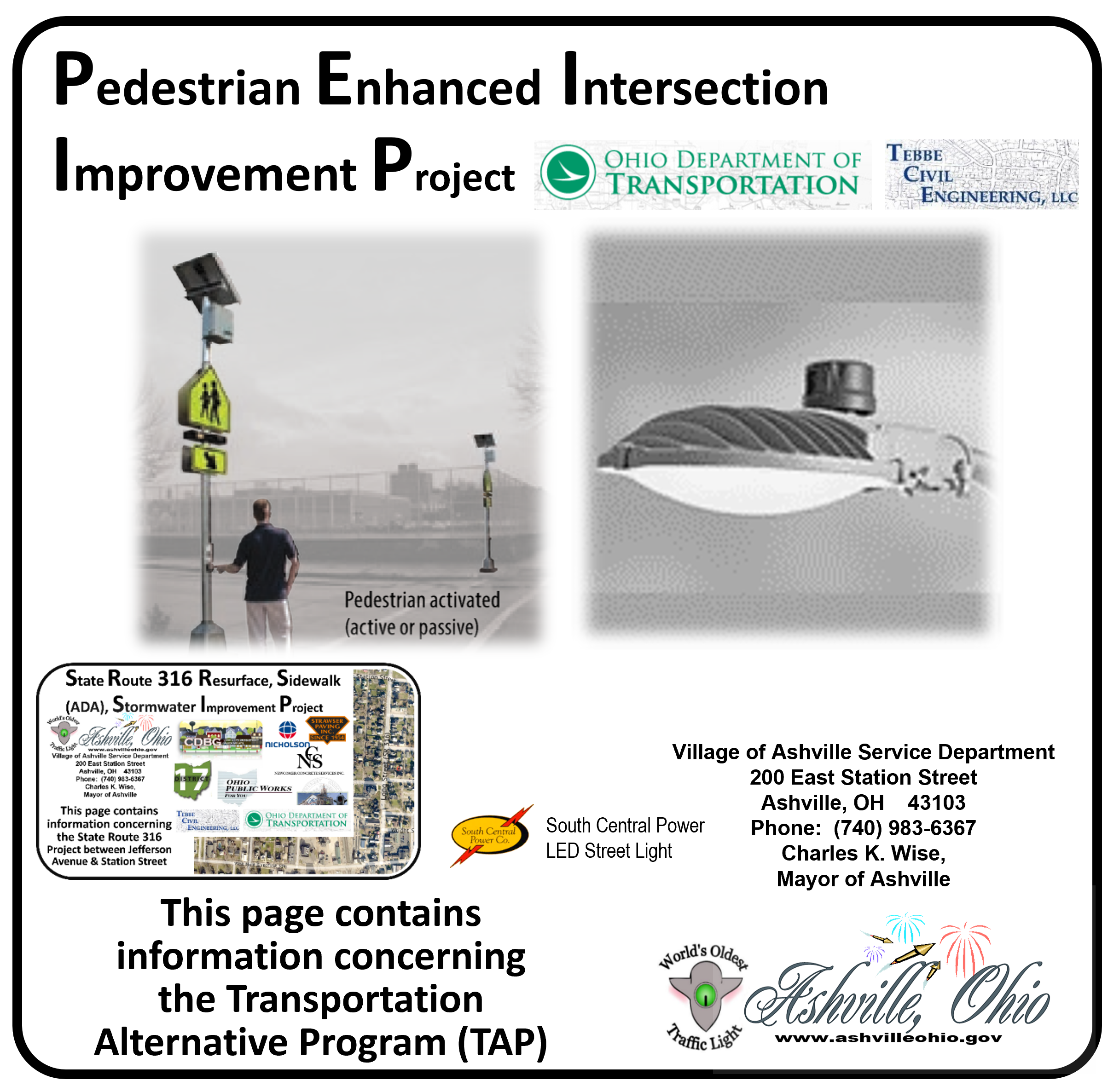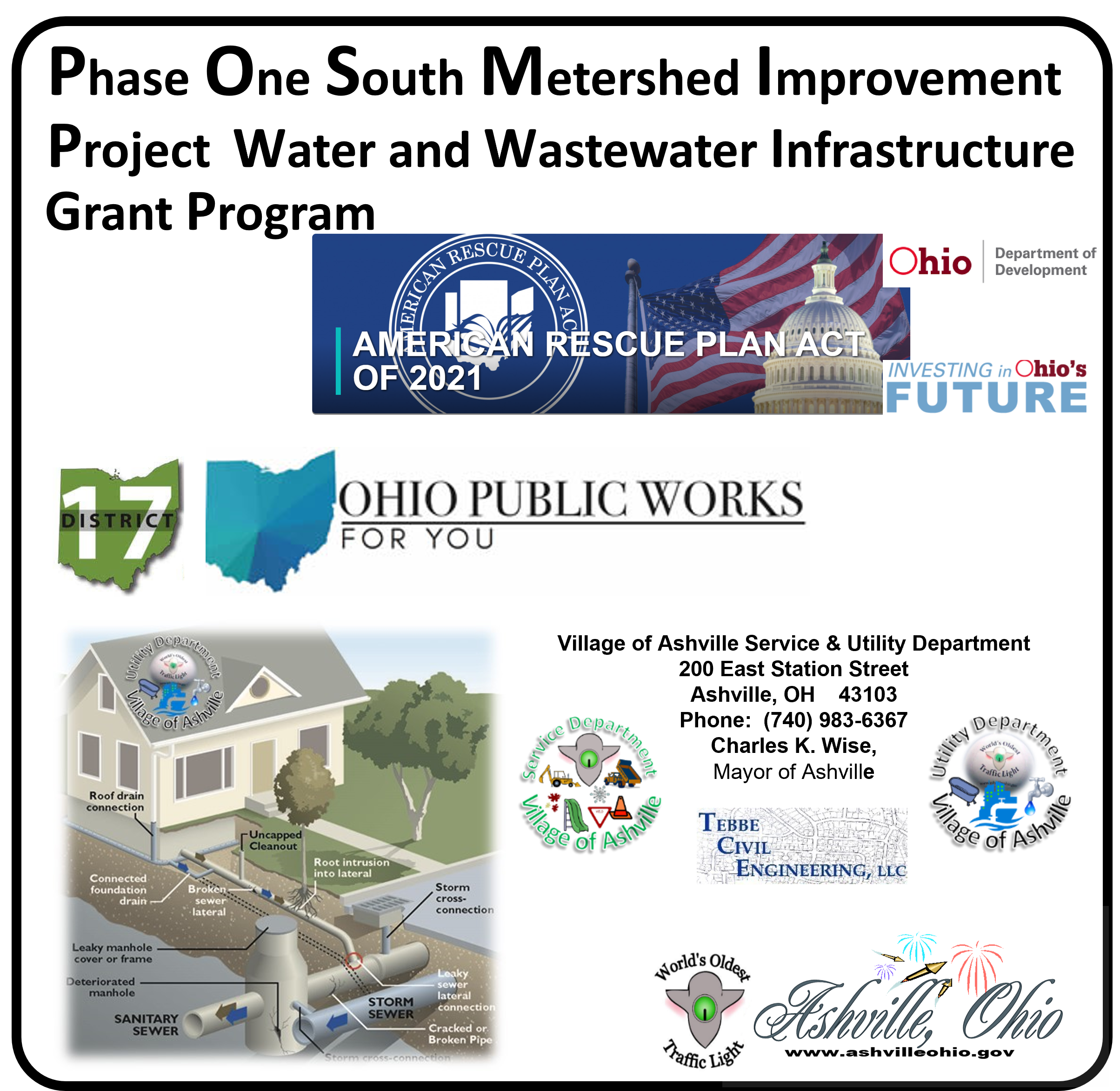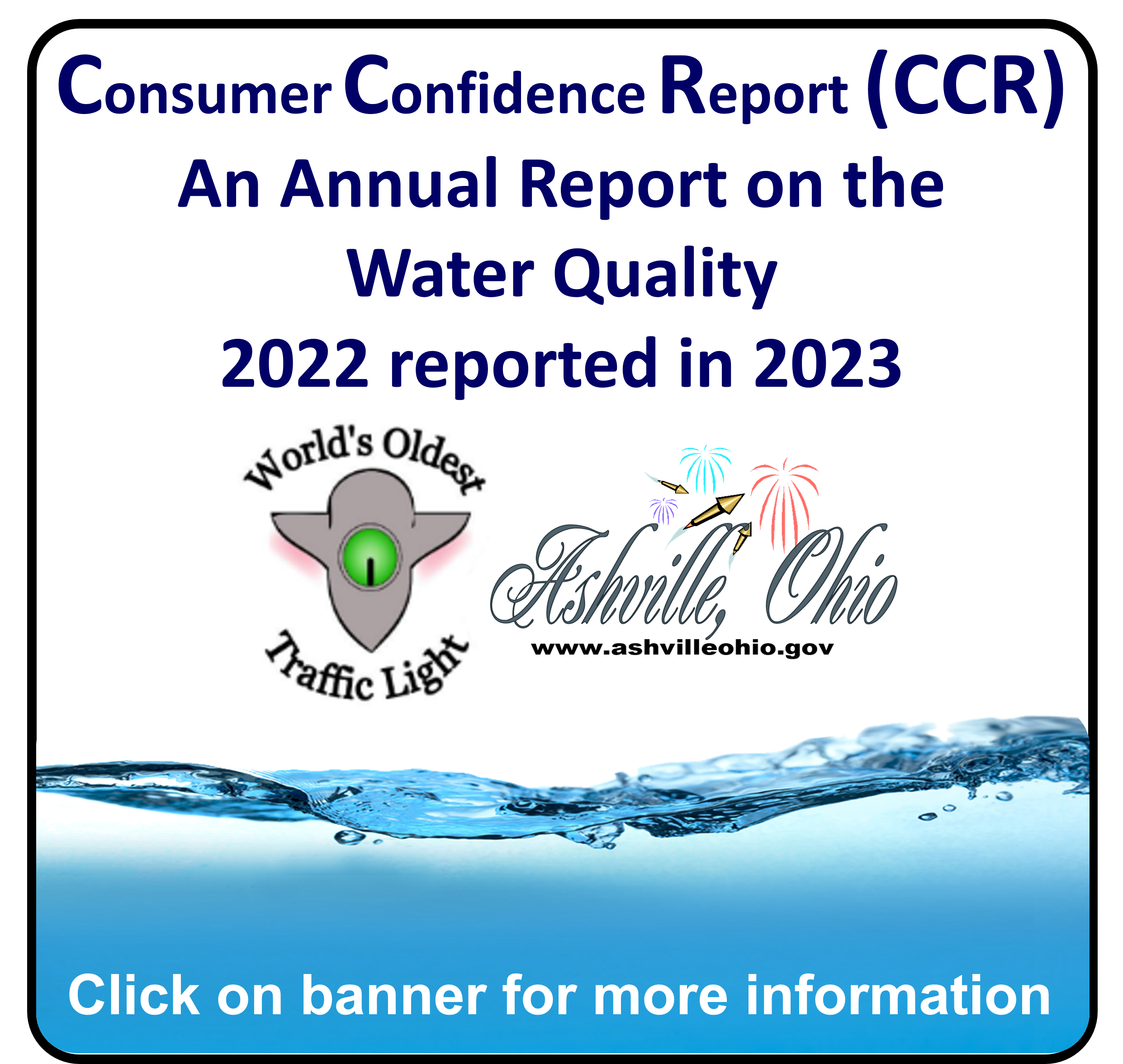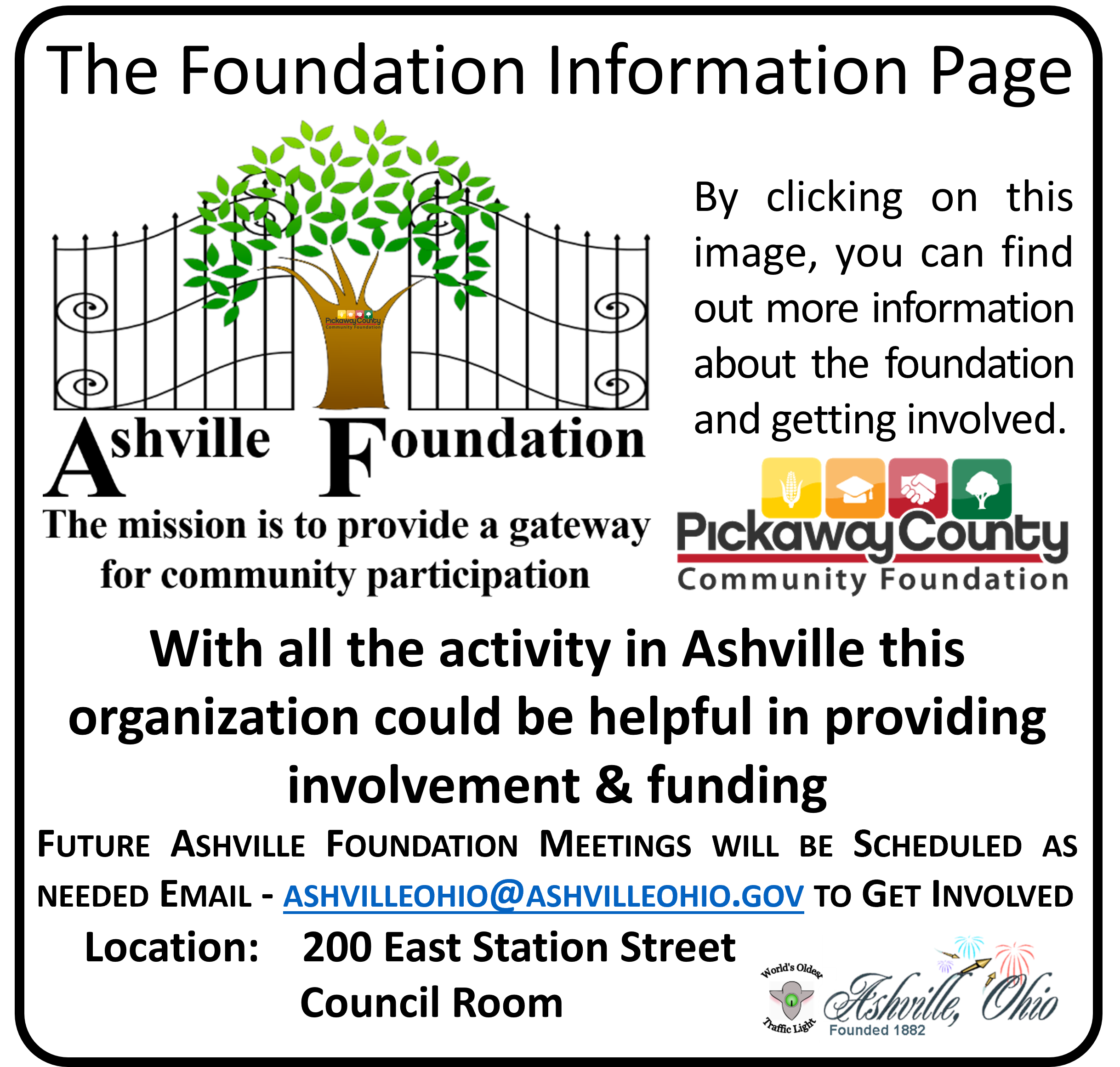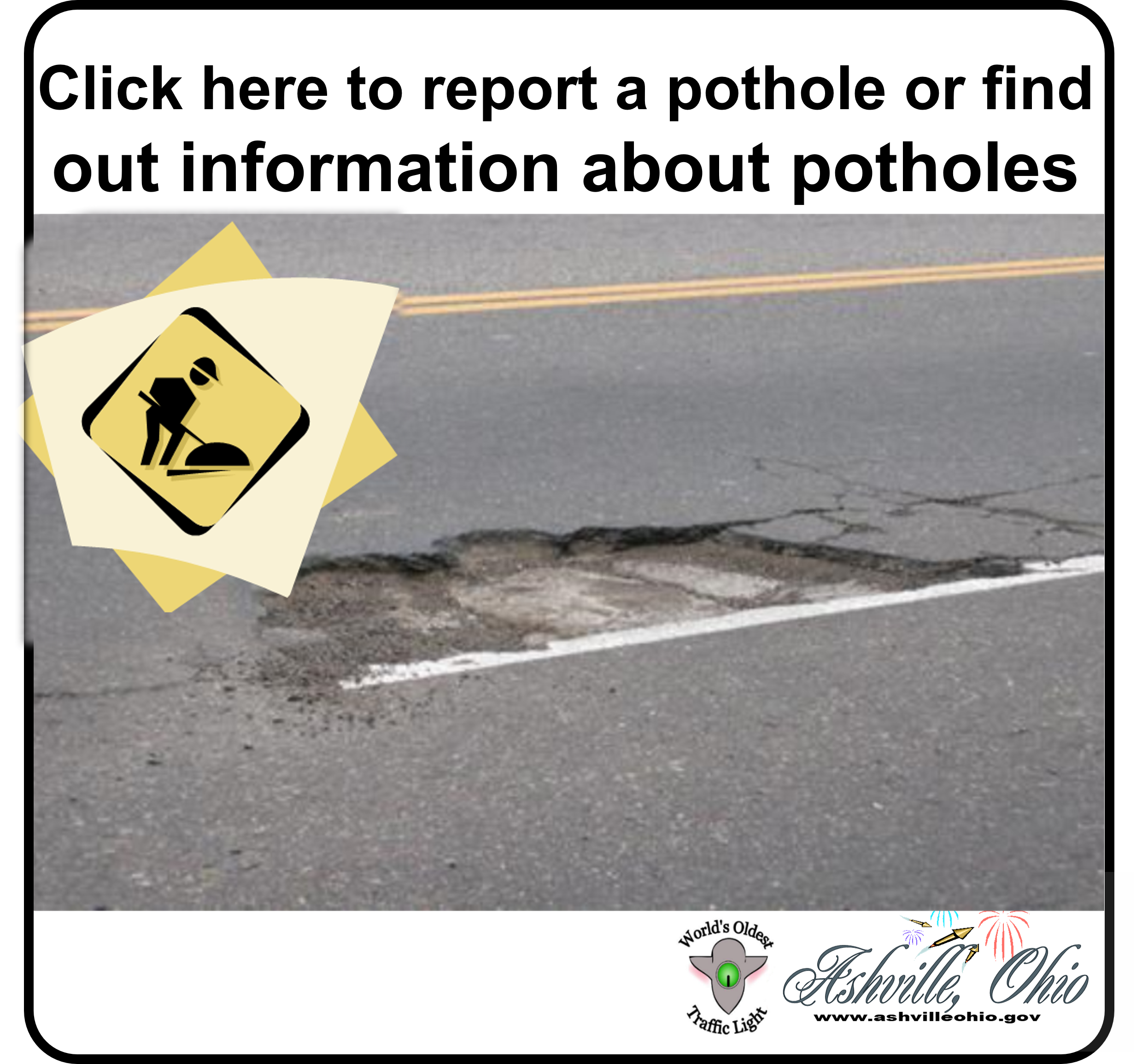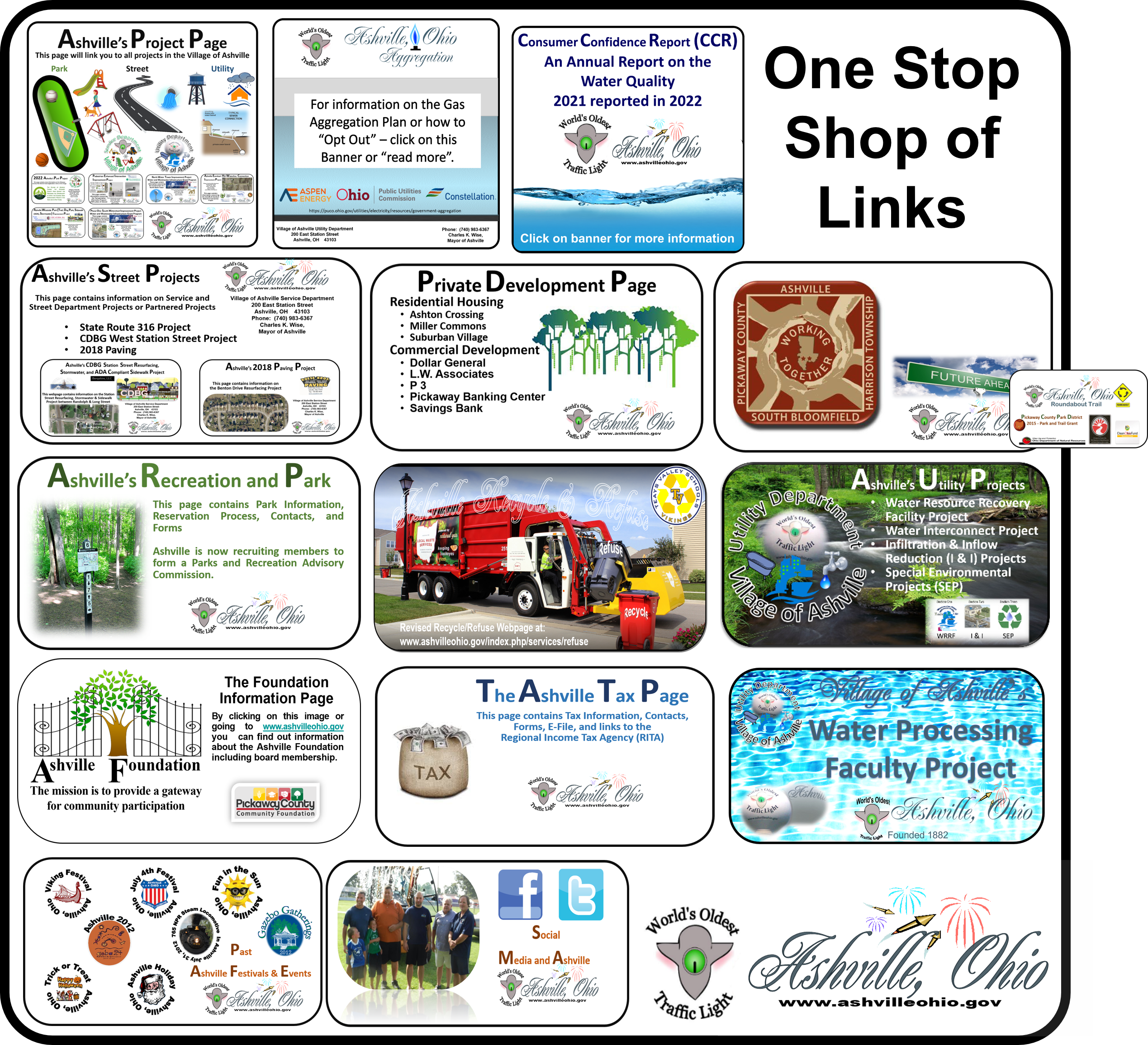
The four items below are links. Click on the title.
January Newsletter Article concerning traffic signal at State Route 752 and Viking Way
Circleville Herald Article Concerning Traffic Signal
Ohio Department of Transportation (ODOT)
ODOT Traffic Signal Policy
Message from ODOT:
The traffic counts have been processed to determine if a signal is warranted at the SR-752/Lockbourne Eastern intersection. The counts and warrant analysis are attached to this email. This information shows that a traffic signal is not warranted at this intersection. From the feedback I have received on the current 4-way stop condition it is working well. I recommend that we meet again in three to six months to review any issues that may develop and determine how to move forward. Feel free to contact me if you would like to discuss this further.
David Carlin, P.E. ODOT, District 6, 400 E. William Street, Delaware, Ohio 43015, 740-833-8345
The analysis and data can be accessed by clicking on the names below:
A traffic signal can improve safety and reduce delay for users of the intersection, or a traffic signal can increase the number of crashes and cause excessive delay. For a traffic signal to have a positive effect, it must be properly located and maintained. Traffic Signal Warrants exist to provide minimum qualifications for installing a traffic signal. Adhering to these minimum qualifications prevents many traffic signals from being installed where they would have a negative impact.
As mentioned above, these Warrants are minimum qualifications, and satisfaction of one or more warrants does not require the installation of a traffic signal. The criteria for the nine Traffic Signal Warrants take into consideration traffic volumes, pedestrians, school crossings, crash experience, and traffic signal networks. Click here for a brief description of the Traffic Signal Warrants. Engineering judgment by a professional engineer should be the final determining factor in deciding if a traffic signal should be installed.
Every three to five years, existing traffic signals should be evaluated to determine if they are still justified. Traffic conditions can and will change, sometimes making another form of intersection control, such as stop signs, safer and more efficient. If a traffic signal is considered for removal, a lengthy study process will be initiated to ensure that removing the traffic signal will be an improvement and will not jeopardize the safety of the intersection.
District 7 has created procedures to evaluate the need for traffic signals. The intention is to clarify and streamline the processes to improve efficiency and consistency. Links to these procedures are available below. A link has also been included that contains information and forms relating specifically to traffic signals located on state routes in villages.
For more information, the Ohio Manual of Uniform Traffic Control Devices (OMUTCD) and the Traffic Engineering Manual (TEM) can be accessed online at www.dot.state.oh.us under the Design Reference Resource Center. These manuals are the primary source of the information in this policy. The Office of Traffic Engineering also has a website of Frequently Asked Questions for Traffic Signals. ODOT’s policy for the installation of traffic signals and beacons on state highways (Policy 516-002) can also be accessed online.
Further inquiries should be directed to Craig Eley, P.E., District 7 Traffic Engineer. He can be contacted by phone at (937) 497-6832 or by email at This email address is being protected from spambots. You need JavaScript enabled to view it.
http://www.dot.state.oh.us/districts/D07/traffic/Pages/TrafficPolicy.aspx
Determining Need for Traffic Signal control
The following is from the 2012 edition of the Ohio Manual of Uniform Traffic Control Devices.
CHAPTER 4C. TRAFFIC CONTROL SIGNAL NEEDS STUDIES
Section 4C.01 Studies and Factors for Justifying Traffic Control Signals
Standard:
An engineering study of traffic conditions, pedestrian characteristics, and physical characteristics of the location shall be performed to determine whether installation of a traffic control signal is justified at a particular location.
The investigation of the need for a traffic control signal shall include an analysis of the applicable factors contained in the following traffic signal warrants and other factors related to existing operation and safety at the study location:
Warrant 1, Eight-Hour Vehicular Volume.
Warrant 2, Four-Hour Vehicular Volume.
Warrant 3, Peak Hour.
Warrant 4, Pedestrian Volume.
Warrant 5, School Crossing.
Warrant 6, Coordinated Signal System.
Warrant 7, Crash Experience.
Warrant 8, Roadway Network.
Warrant 9, Intersection Near a Grade Separation.
The satisfaction of a traffic signal warrant or warrants shall not in itself require the installation of a traffic control signal.
Support:
Sections 8D.07 and 10D.05 contain information regarding the use of traffic control signals instead of gates and/or flashing light signals at highway-railroad grade crossings and highway light rail transit grade crossings, respectively.
Guidance:
A traffic control signal should not be installed unless one or more of the factors described in this Chapter are met.
A traffic control signal should not be installed unless an engineering study indicates that installing a traffic control signal will improve the overall safety and/or operation of the intersection.
A traffic control signal should not be installed if it will seriously disrupt progressive traffic flow.
The study should consider the effects of the right-turn vehicles from the minor-street approaches. Engineering judgment should be used to determine what, if any, portion of the right-turn traffic is subtracted from the minor-street traffic count when evaluating the count against the above signal warrants.
Engineering judgment should also be used in applying various traffic signal warrants to cases where approaches consist of one lane plus one left-turn or right-turn lane. The site-specific traffic characteristics should dictate whether an approach is considered as one lane or two lanes. For example, for an approach with one lane for through and right-turning traffic plus a left-turn lane, if engineering judgment indicates that it should be considered a one-lane approach because the traffic using the left-turn lane is minor, the total traffic volume approaching the intersection should be applied against the signal warrants as a one-lane approach. The approach should be considered two lanes if approximately half of the traffic on the approach turns left and the left-turn lane is of sufficient length to accommodate all left-turn vehicles.
Similar engineering judgment and rationale should be applied to a street approach with one through/left-turn lane plus a right-turn lane. In this case, the degree of conflict of minor-street right-turn traffic with traffic on the major street should be considered. Thus, right-turn traffic should not be included in the minor-street volume if the movement enters the major street with minimal conflict. The approach should be evaluated as a one-lane approach with only the traffic volume in the through/left-turn lane considered.
At a location that is under development or construction and where it is not possible to obtain a traffic count that would represent future traffic conditions, hourly volumes should be estimated as part of an engineering study for comparison with traffic signal warrants. Except for locations where the engineering study uses the satisfaction of Warrant 8 to justify a signal, a traffic control signal installed under projected conditions should have an engineering study done within 1 year of putting the signal into stop-and-go operation to determine if the signal is justified. If not justified, the signal should be taken out of stop-and-go operation or removed.
For signal warrant analysis, a location with a wide median, even if the median width is greater than 30 feet, should be considered as one intersection.
Option:
At an intersection with a high volume of left-turn traffic from the major street, the signal warrant analysis may be performed in a manner that considers the higher of the major-street left-turn volumes as the ―minor-street‖ volume and the corresponding single direction of opposing traffic on the major street as the ―major-street‖ volume.
For signal warrants requiring conditions to be present for a certain number of hours in order to be satisfied, any four sequential 15-minute periods may be considered as 1 hour if the separate 1-hour periods used in the warrant analysis do not overlap each other and both the major-street volume and the minor-street volume are for the same specific one-hour periods.
For signal warrant analysis, bicyclists may be counted as either vehicles or pedestrians.
Support:
When performing a signal warrant analysis, bicyclists riding in the street with other vehicular traffic are usually counted as vehicles and bicyclists who are clearly using pedestrian facilities are usually counted as pedestrians.
Option:
Engineering study data may include the following:
The number of vehicles entering the intersection in each hour from each approach during 12 hours of an average day. It is desirable that the hours selected contain the greatest percentage of the 24-hour traffic volume.
Vehicular volumes for each traffic movement from each approach, classified by vehicle type (heavy trucks, passenger cars and light trucks, public-transit vehicles, and, in some locations, bicycles), during each 15-minute period of the 2 hours in the morning and 2 hours in the afternoon during which total traffic entering the intersection is greatest.
Pedestrian volume counts on each crosswalk during the same periods as the vehicular counts in Item B and during hours of highest pedestrian volume. Where young, elderly, and/or persons with physical or visual disabilities need special consideration, the pedestrians and their crossing times may be classified by general observation.
Information about nearby facilities and activity centers that serve the young, elderly, and/or persons with disabilities, including requests from persons with disabilities for accessible crossing improvements at the location under study. These persons may not be adequately reflected in the pedestrian volume count if the absence of a signal restrains their mobility.
The posted or statutory speed limit or the 85th-percentile speed on the uncontrolled approaches to the location.
A condition diagram showing details of the physical layout, including such features as intersection geometrics, channelization, grades, sight-distance restrictions, transit stops and routes, parking conditions, pavement markings, roadway lighting, driveways, nearby railroad crossings, distance to nearest traffic control signals, utility poles and fixtures, and adjacent land use.
A collision diagram showing crash experience by type, location, direction of movement, severity, weather, time of day, date, and day of week for at least 1 year.
The following data, which are desirable for a more precise understanding of the operation of the intersection, may be obtained during the periods specified in Item B of paragraph 17:
Vehicle-hours of stopped time delay determined separately for each approach.
The number and distribution of acceptable gaps in vehicular traffic on the major street for entrance from the minor street.
The posted or statutory speed limit or the 85th-percentile speed on controlled approaches at a point near to the intersection but unaffected by the control.
Pedestrian delay time for at least two 30-minute peak pedestrian delay periods of an average weekday or like periods of a Saturday or Sunday.
Queue length on stop-controlled approaches.
Additional information on traffic signals
Advantages and Disadvantages of Traffic Signals - This page links other pages with information on the subject of traffic signals.
Installation of Traffic Control Signals and Intersection Control Beacons on State Highways
ODOT Policy No: 516-002(P) (requires Adobe Acrobat Reader)
ODOT District One Planning & Engineering Web Site Manager: Charles Schreck
The Ohio Department of Transportation, 1980 West Broad Street, Columbus Ohio 43223
John R. Kasich, Governor | Jerry Wray, ODOT Director | Privacy Statement | Advanced Search | Feedback | Ohio.gov
http://www.dot.state.oh.us/districts/D01/PlanningPrograms/trafficstudies/Pages/SignalNeedsStudy.aspx
 ssssfklsdjfk
ssssfklsdjfk